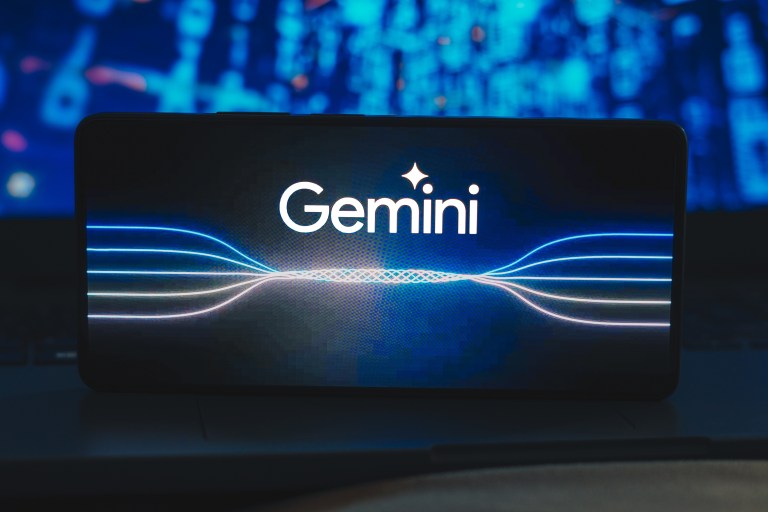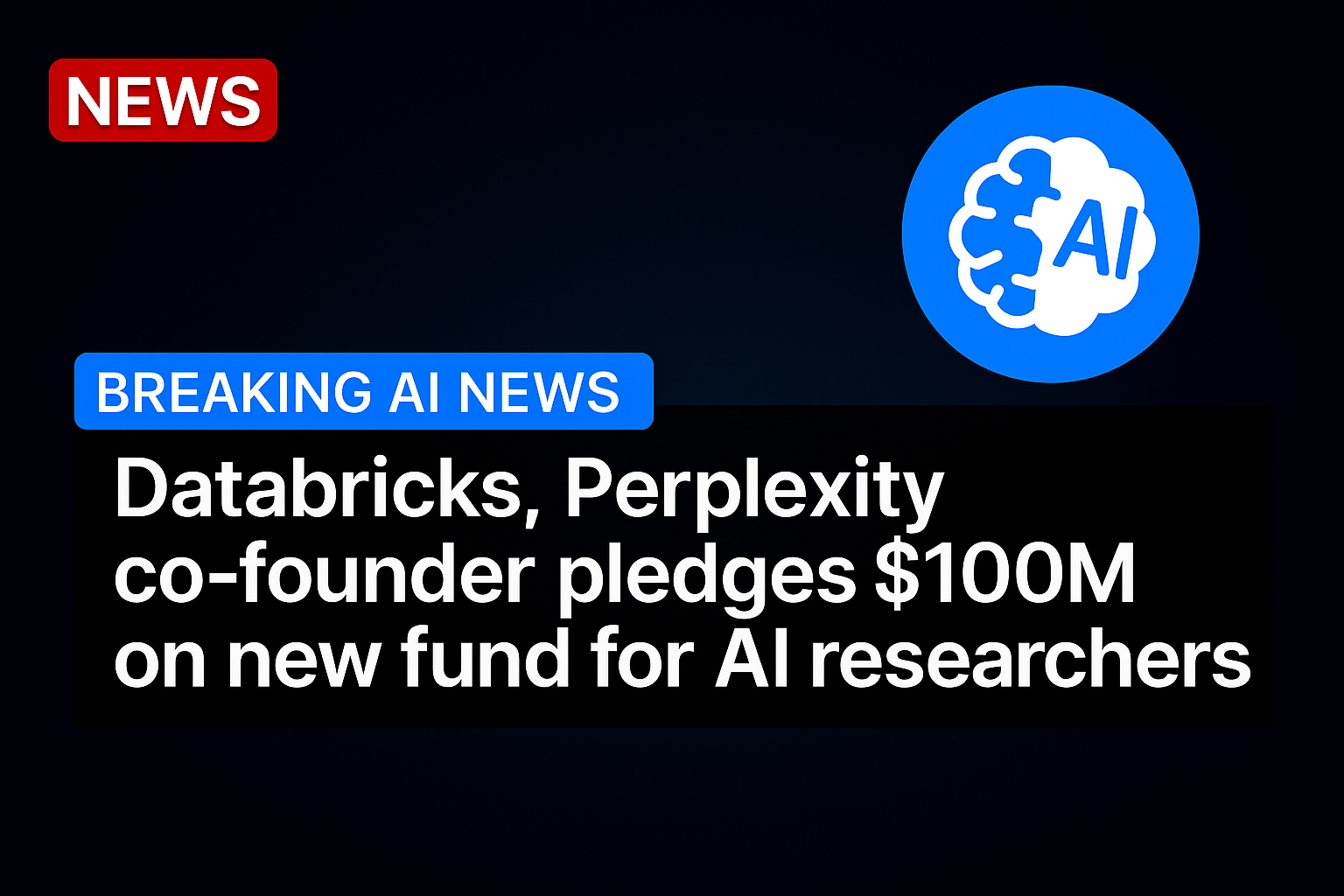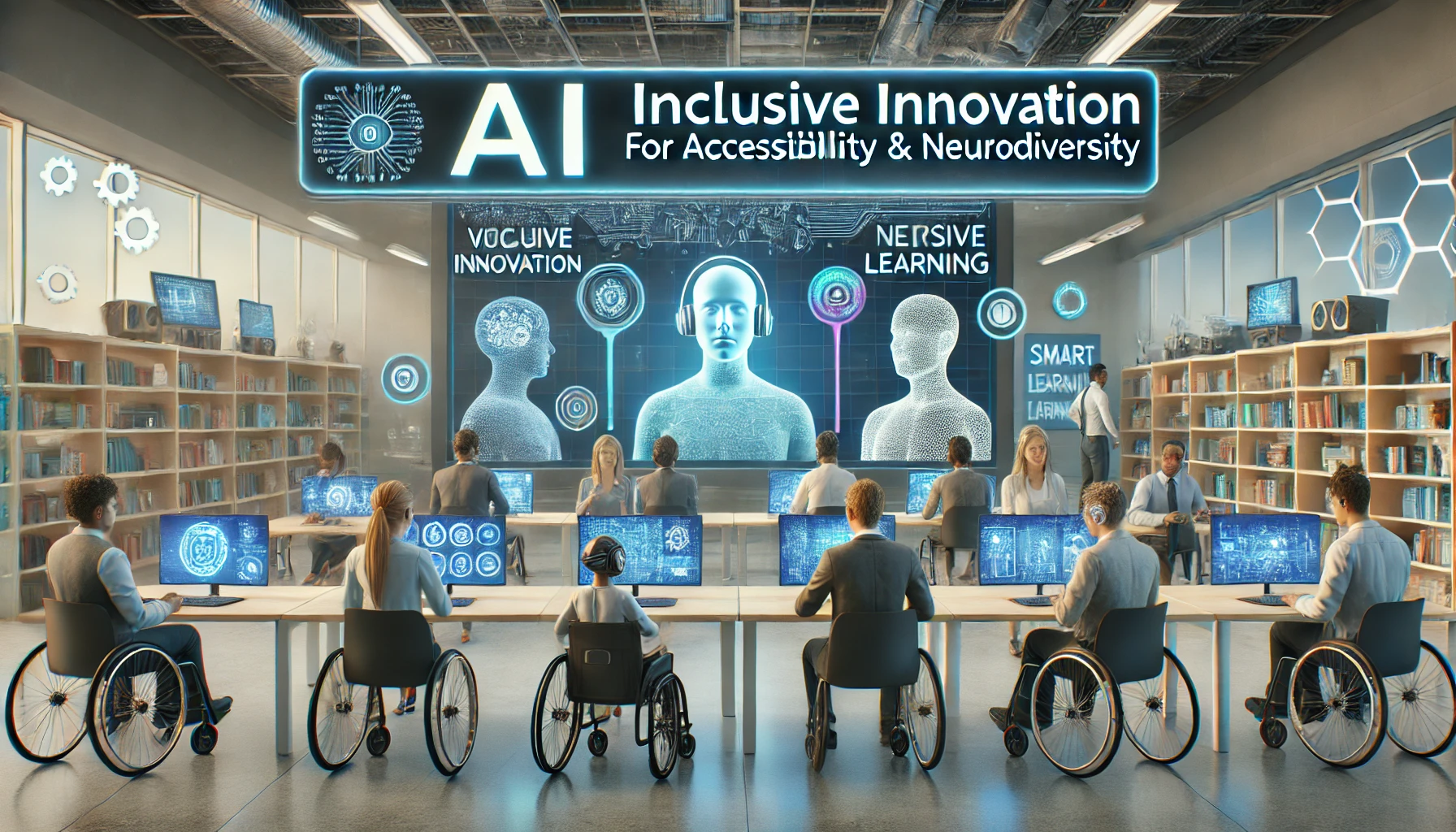
Google places itself firmly in the agentic era with its Gemini 3 release and the debut of Antigravity. This new development environment enables artificial intelligence (AI) agents to perform entire coding tasks independently. The shift recasts coding platforms as operational hubs that run end-to-end workflows rather than just assisting with individual lines of code.
Antigravity’s Agentic Structure
Google positions Antigravity as a space where AI agents can create features, test them and correct issues with minimal back-and-forth. Agents in the environment take instructions, carry out the work and document what they did in a structured way.
Ars Technica reported that the agents “operate autonomously … to create and modify projects.” That description captures the core change. Antigravity does not wait for a developer to approve each step. It lets the AI run the sequence from start to finish and report back with the full set of actions.
The New Stack called Antigravity an “agentic development platform” that coordinates multiple AI agents simultaneously. That framing reflects Google’s decision to let multiple agents divide the work. One agent might build the initial structure, another might test it and another might review the results. Antigravity shows their progress in one place so teams can see how the work comes together.
Antigravity uses multiple AI agents simultaneously to plan, write, test, and fix entire code features based on simple instructions. Digital Trends adds that Antigravity shifts AI from “super-smart helpers” to “fully independent programmers.” That distinction matters because it shows how Google has designed the environment to let AI complete full tasks rather than small fragments.
The system organizes these actions through items Google calls artifacts. Each artifact records a step: what the agent tried, what it found and how it responded. Digital Trends described these artifacts as “proof of work and full transparency.” The approach gives teams a visible trail to review, making the work easier to follow even when the AI runs multiple steps at once.
Google includes a section in the interface that shows all active agents and the tasks they are handling. Agents move through their assignments, update their progress and hand off work as needed. The environment mirrors how teams operate in real organizations, where several people contribute different pieces of a project.
What This Shift Represents
Antigravity differs from earlier generations of AI coding tools. For years, researchers and analysts said that software development would eventually work like human orchestration: people describe the outcome, and AI systems carry out the steps. However, that hasn’t come to fruition.
Until now, most development tools treated AI as an assistant that stayed inside the boundaries of autocomplete, code suggestions or isolated fixes. Antigravity removes that boundary. The shift moves the developer’s focus from typing code to shaping intent, reviewing artifacts and coordinating outputs.
This change matters for organizations that rely on software as a core operational layer. Development cycles often slow down due to repeated context switching, scattered tools, and long chains of manual checks.
Source: https://www.pymnts.com/




